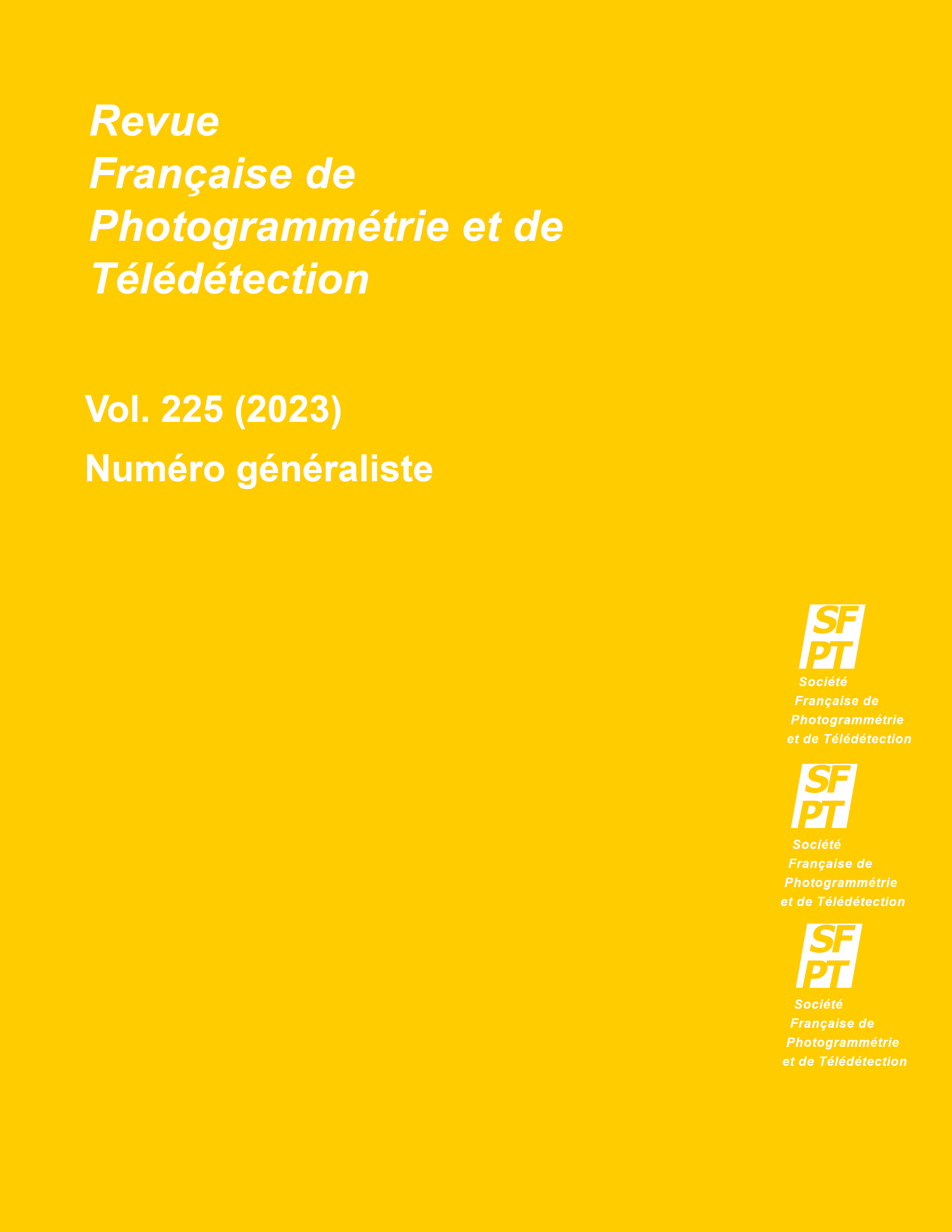Analysis and forecast of land use based on the combined use of Markov models and the Dempster-Shafer theory of Evidence: application to buildings in the city of Goma in the Democratic Republic of Congo
DOI:
https://doi.org/10.52638/rfpt.2023.651Keywords:
Classification, Dempster-Shafer, CA-Markov, Multi-Criteria Assessment, urbanizationAbstract
Given the presence of several volcanic hazards and the rapid evolution of buildings in the city of Goma in the Democratic Republic of Congo, this study deals with the analysis and prediction of the mode of land use in the city through several models. The combination of the Dempster-Shafer and Markov Evidence Theory models were used respectively to perform the classification and the prediction of the evolution of buildings. Data ETM+ satellite from Landsat-7 was used to perform the analysis of land cover dynamics from 2001 to 2017 and from 2017 to 2030 and 2040. The validation of the model showed a very low margin of error, hence the prediction of the class of buildings is almost perfect with a Kappa coefficient of 88,96 %. It therefore appears that despite the major risks in the city of Goma, the class of buildings is evolving exponentially, i.e. 2,1 km² per year. This monitoring of changes in land use and the implementation of an explicit predictive projection therefore give decision-makers a simplified vision of a complex system and a panel of images of the future supposed to help them in their decision-making. This would also allow them to understand the evolutionary trend of buildings and how to establish exclusion zones in the extension of the city
Downloads
Downloads
Published
How to Cite
License
Copyright (c) 2023 Gloire KWETU SAMBO, N’GUESSAN BI Vami Hermann Hermann, KOUAME Koffi Fernand

This work is licensed under a Creative Commons Attribution 4.0 International License.






